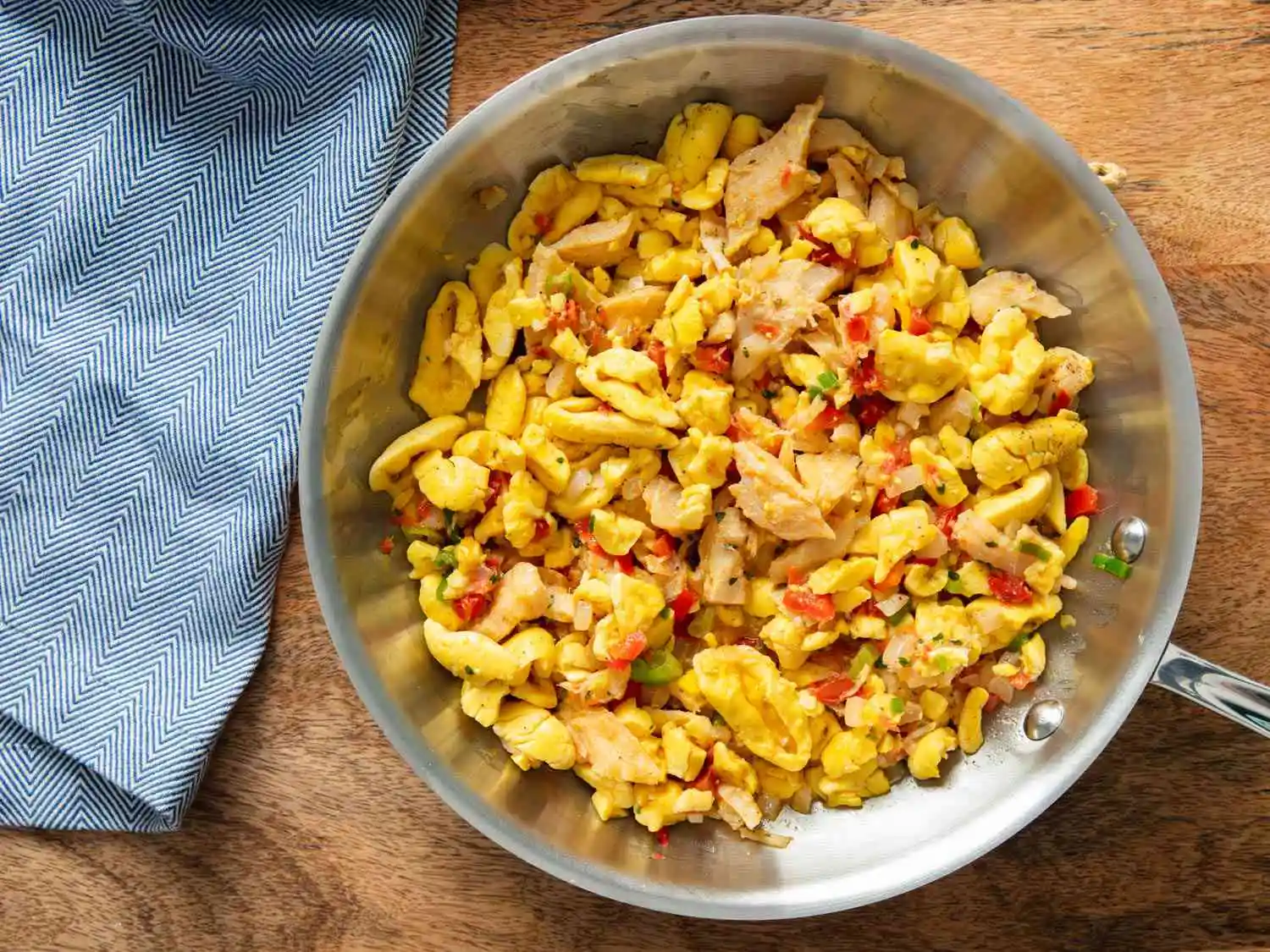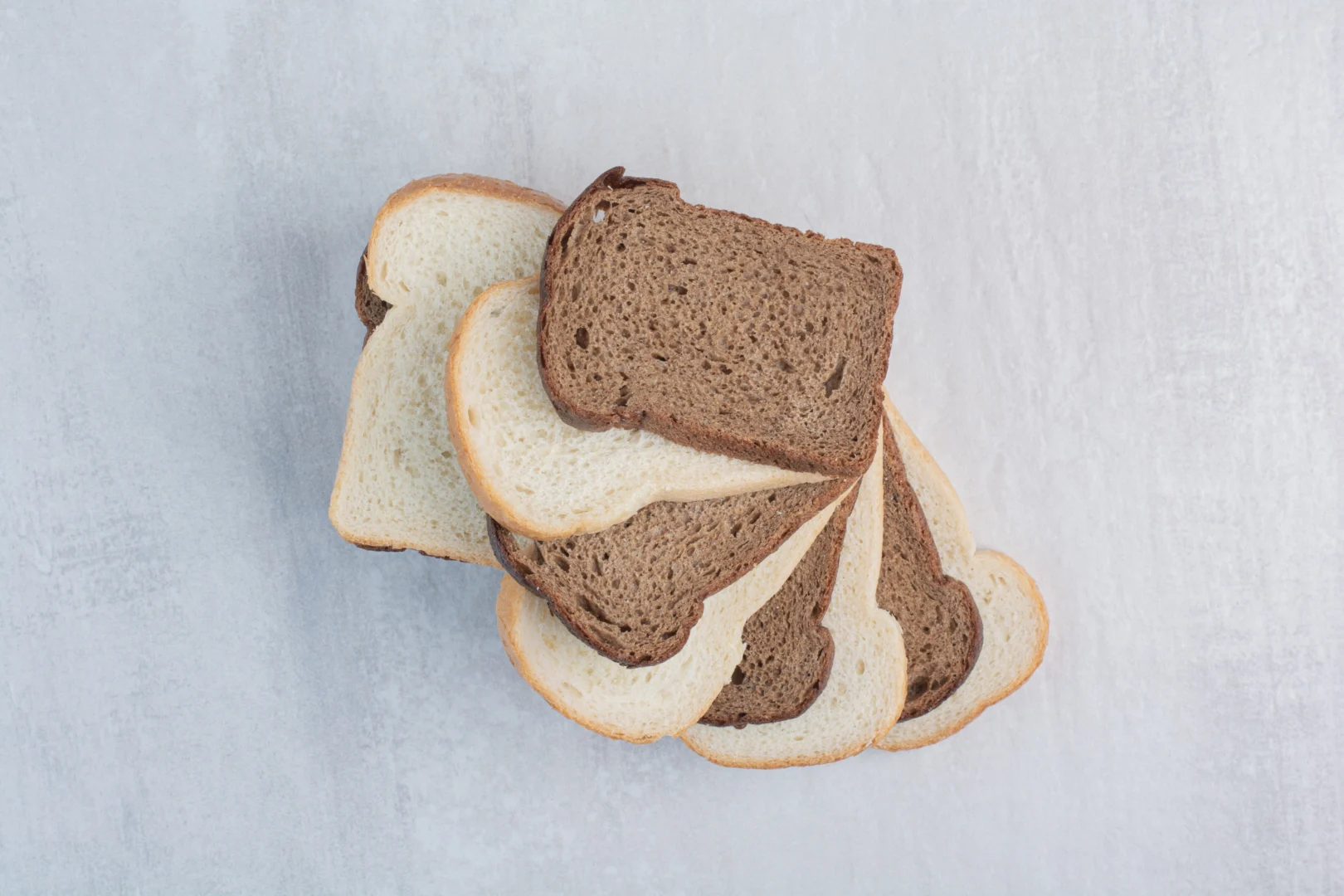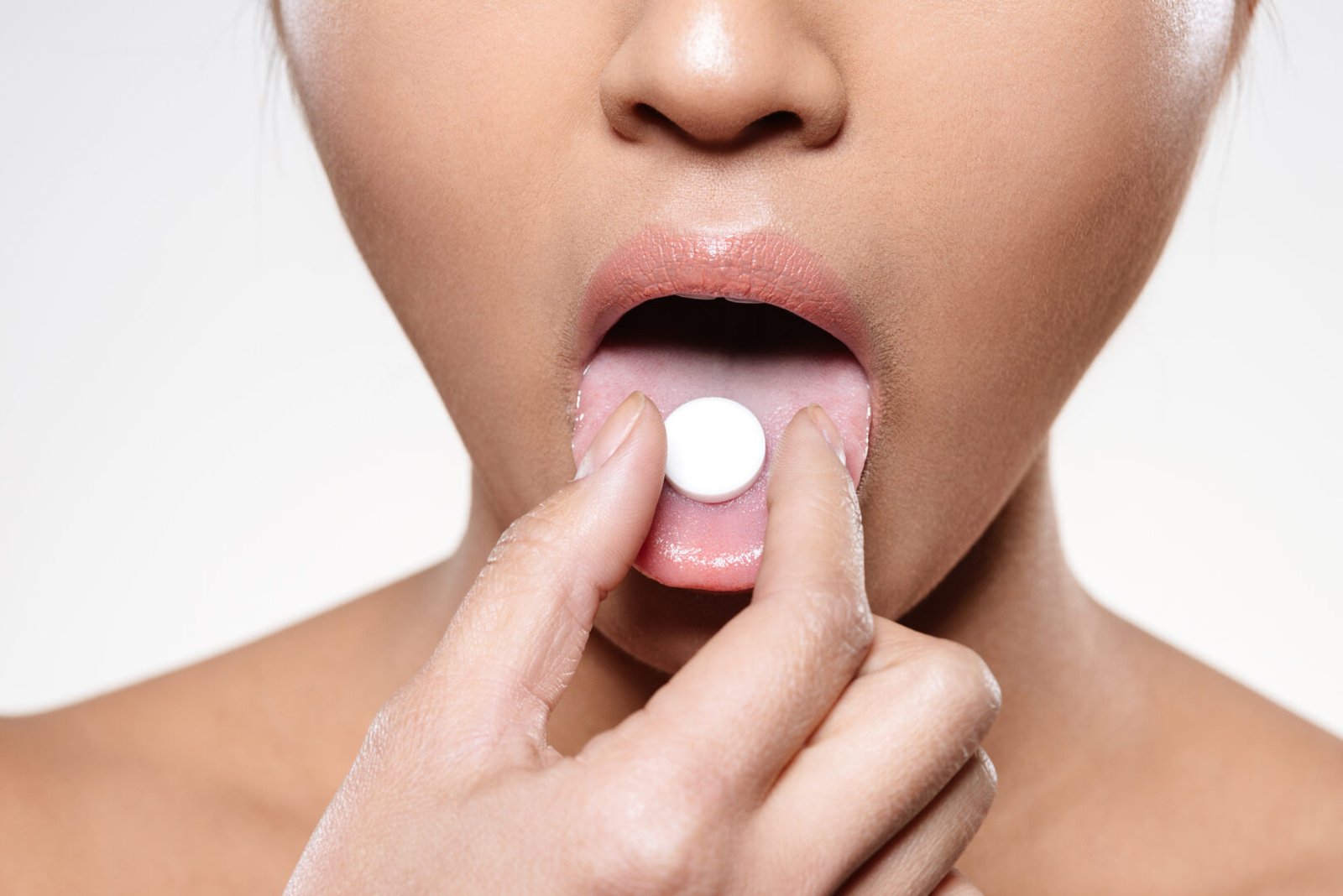Microplastics in Food: What You Need to Know
Microplastics—the tiny plastic particles less than 5 millimeters long—are no longer just an environmental issue; they’ve become a growing concern in our food and beverages. Recent research indicates these microscopic

Microplastics—the tiny plastic particles less than 5 millimeters long—are no longer just an environmental issue; they’ve become a growing concern in our food and beverages. Recent research indicates these microscopic plastics, often from packaging, are contaminating what we eat and drink, raising questions about potential health impacts.
As someone deeply interested in health, I wanted to explore the latest science on microplastics in food, the risks involved, and how we can protect ourselves.
What Are Microplastics and How Do They Enter Our Food?
Microplastics originate from larger plastic debris breaking down, synthetic fibers, and especially food packaging materials. Studies show contamination in:
- Table salt
- Seafood
- Bottled and tap water
- Processed foods packaged in plastic
A 2024 study published in Environmental Science & Technology found microplastics in over 90% of tested seafood samples worldwide, highlighting how pervasive this problem is. Another study in Science Advances revealed microplastics present in common beverages like beer and bottled water.
What Can Microplastics Do to the Body?

While research is still evolving, scientists have found several ways microplastics may affect human health:
- Inflammation and Oxidative Stress: Microplastics can trigger chronic inflammation and oxidative damage, contributing to conditions like heart disease and autoimmune disorders.
- Chemical Exposure: Many microplastics carry harmful additives such as BPA and phthalates, which are known endocrine disruptors and can interfere with hormone function.
- Gut Microbiome Disruption: Early studies suggest microplastics may alter gut bacteria balance, which can affect digestion, immunity, and overall health.
- Cellular Damage: Due to their small size, microplastics can penetrate tissues and potentially accumulate in organs, but the long-term consequences are still unknown.
Dr. Laura Thompson, environmental toxicologist, notes:
“Microplastics may not be inert particles; they interact with cells and chemicals in ways that could have serious health implications over time.”
Is There Testing for Microplastic Exposure?
Currently, there is no routine clinical test to measure microplastic levels in the human body. However, emerging research labs are developing methods to detect microplastics in biological samples such as blood, stool, and urine. These tests are primarily used for research and are not yet widely available.
Researchers are also investigating biomarkers of microplastic-induced inflammation or oxidative stress that might indirectly indicate exposure effects.
Can Microplastic-Related Health Issues Be Cured?
At this stage, there is no direct cure for health issues caused specifically by microplastics, partly because the science is still catching up. However, general strategies to reduce inflammation and support detoxification can help manage potential effects, including:
- Eating a diet rich in antioxidants (fruits, vegetables, nuts) to combat oxidative stress.
- Supporting gut health with probiotics and fiber-rich foods.
- Staying hydrated to help the body eliminate toxins.
- Avoiding further plastic exposure by reducing use of plastic-packaged foods and beverages.
Future therapies may emerge as research advances, but prevention and lifestyle choices remain the best defense for now.
How Can You Reduce Your Exposure?
While it’s impossible to eliminate microplastics entirely, you can minimize risk by:
- Using glass or stainless steel containers instead of plastic.
- Avoiding microwaving food in plastic packaging.
- Choosing fresh or unpackaged foods.
- Limiting bottled water consumption, opting for filtered tap water.
- Supporting brands committed to sustainable, plastic-free packaging.
Read About: 10 Best and Worst Cooking Oils for Your Health — What Science Says in 2025
Bigger Picture: Environmental and Industry Impact
Microplastic contamination reflects wider environmental pollution from plastic waste affecting oceans and food chains. Experts call for urgent action:
- Reducing plastic production and single-use packaging
- Implementing stricter regulations on food packaging materials
- Encouraging sustainable alternatives and consumer awareness
Dr. Anil Kapoor, environmental health researcher, stresses:
“To protect public health, we must reduce our reliance on plastics and push for regulatory changes at the industry level.”
My Personal Take
Learning about microplastics in food was unsettling but empowering. While the problem is huge, each of us can make mindful choices that reduce exposure and support healthier, more sustainable living.
I’ll be closely following new research developments, and I encourage you to stay informed, too. Our health depends on it.
By Izzy Malcolm for Ravoke.com








